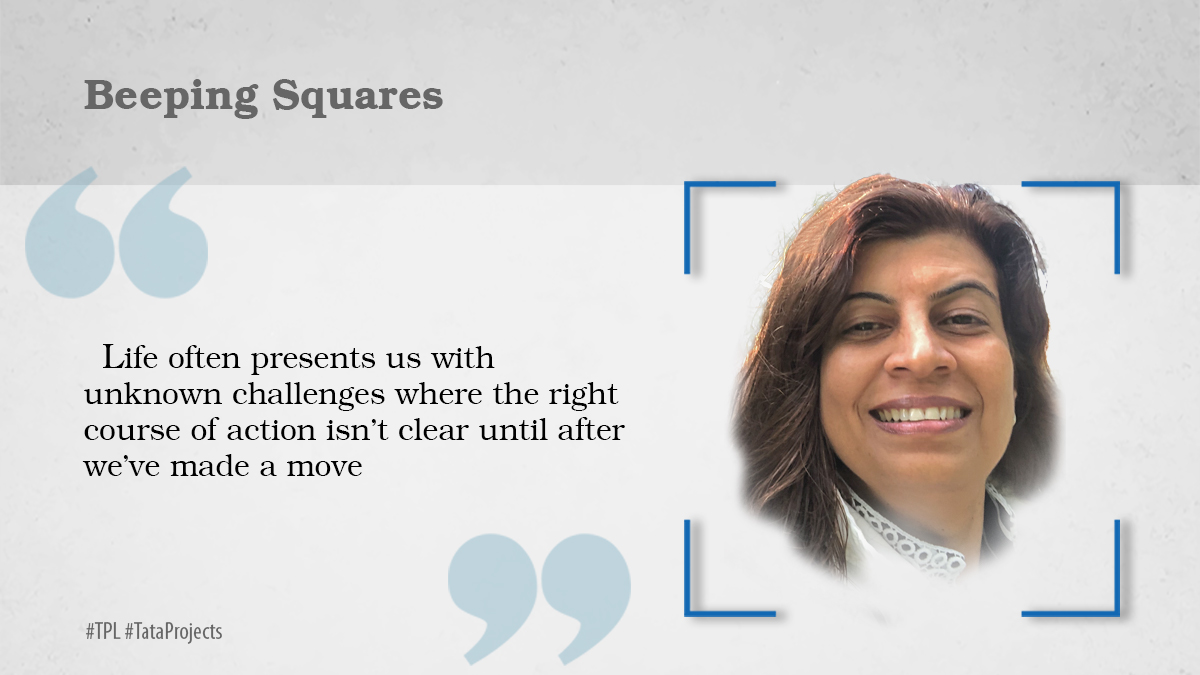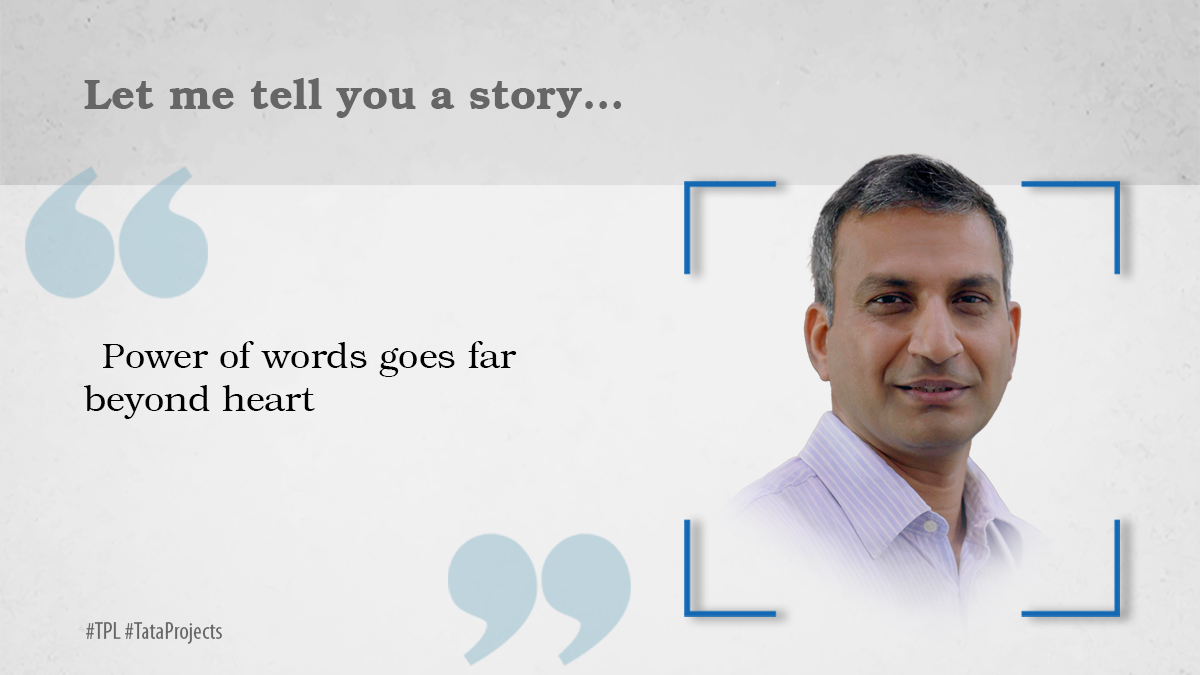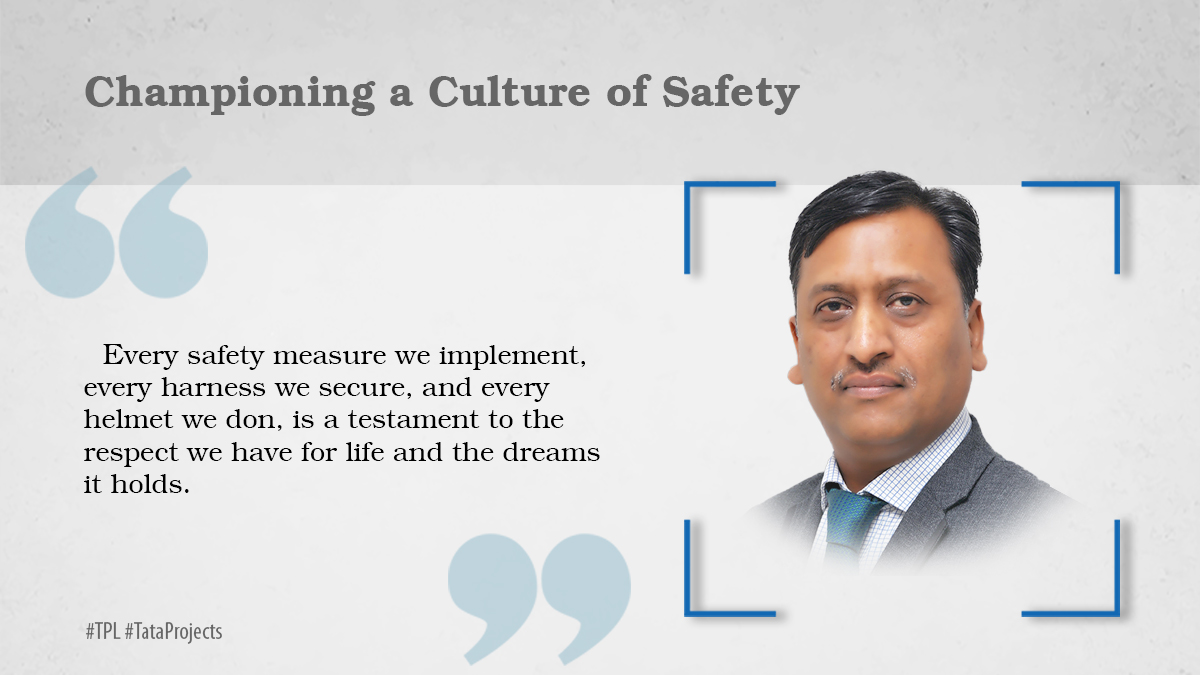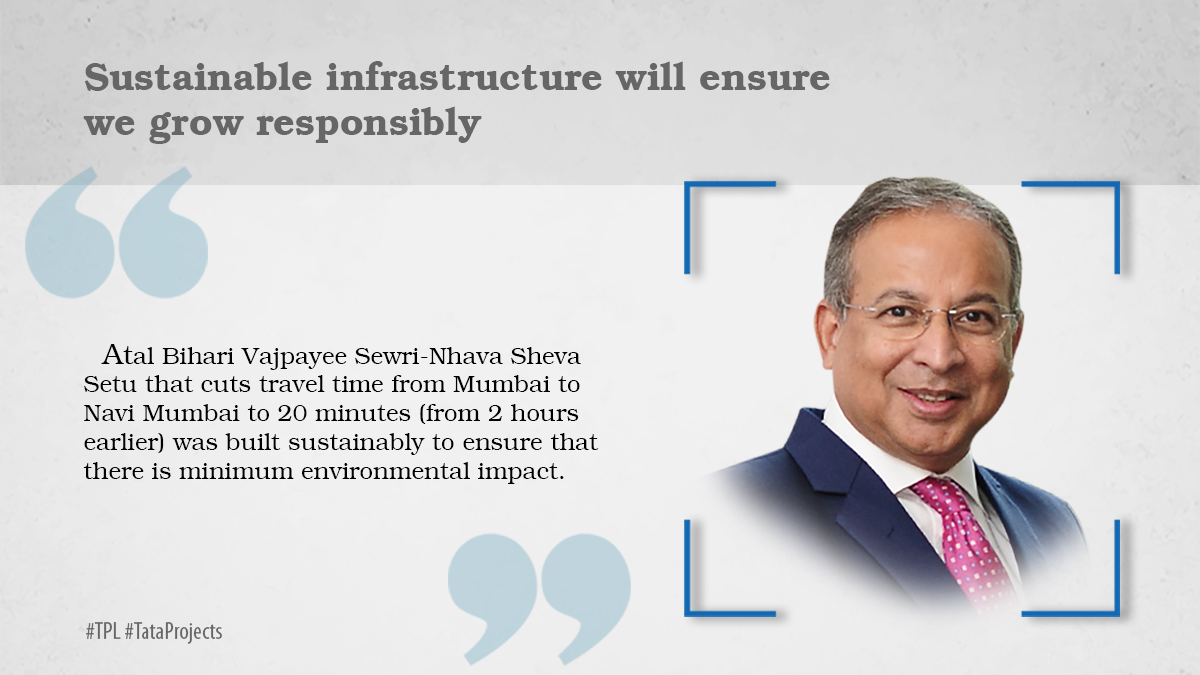Embracing diversity and inclusion is not just about fairness; it’s about harnessing the full spectrum of talent and perspectives necessary for innovation and growth.
The construction sector in India has long been a male dominated industry while women face significant barriers to entry and progression. Women represent just 12% of the industry workforce, with a mere 1.4% in technical and managerial positions and less than 2% in leadership roles. However, according to the India Construction Industry Report 2024, the sector is projected to grow at a rate of 5.7% from 2025 to 2028, driven by investments in hotel construction, industrial projects, green energy initiatives, and transportation infrastructure. This growth presents a golden opportunity to create a more diverse and inclusive workforce.
The Business Case for Diversity in Construction
Research consistently shows that diverse teams perform better. To quote some reputed publications – “Organisations with inclusive cultures are twice as likely to meet or exceed financial targets, six times more likely to be innovative and agile, and eight times more likely to achieve better business outcomes. Companies in the top quartile for gender diversity on executive teams are 25% more likely to have above-average profitability. Ethnically diverse executive teams outperform their peers by 36% in profitability.” These findings make it clear that diversity is not just a buzzword but a competitive advantage with tangible benefits for businesses and the economy.
Government of India Initiatives for Diversity
The Government of India has undertaken several initiatives to promote gender diversity and encourage more women to enter the construction industry. Programs like the Skill India Mission aim to provide skills training to over 400 million people, including women, in areas such as masonry, plumbing, and electrical work. The National Policy for Skill Development and Entrepreneurship, Pradhan Mantri Kaushal Vikas Yojana, and National Rural Livelihood Mission all contribute to reducing poverty among rural women by promoting their participation in economic activities, including construction.
One of the interesting, initiatives at the state level is the ‘Rani Mistry’ scheme in Ranchi, under the Ministry of Housing and Urban Affairs (MoHUA). It is a play on the popular local term for the helpers ‘Raj Mistry’ and the program aims to empower women by providing training to construct houses under the Pradhan Mantri Awas Yojana (Urban) scheme. This is not a new challenge which needs to be brainstormed and solved from scratch, in fact female frontline workers a few years ago were not an uncommon sight on the field.
Path Forward: Strategies for Creating a Diverse Workforce
To achieve a diverse workforce, the Indian construction industry must implement intentional strategies and sustained efforts:
- Commitment from Leadership: Diversity and inclusion must be a strategic priority, and the conversation should move from compliance to commitment. A consistent experience to the employees with an ideology to aim for excellence is a necessary outlook for change.
- Inclusive Recruitment Practices: Implement unbiased recruitment processes, leverage diverse job boards, and ensure diverse interview panels to attract a broader talent pool.
- Skilling Initiatives: The construction industry has an opportunity to contribute to the nation by uplifting the frontline workforce through skilling and training initiatives which allow them access to on the job upskilling at sites. This will attract a diverse population to migrate towards construction as a choice of occupation.
- Policies & Benefits: Offer equal pay for equal work, opportunities for women returning from career breaks, inclusive policies and benefits, flexible work arrangements, and ensure workplace safety and security.
- Community Engagement: Partner with schools, universities, and community organizations to build a pipeline of diverse talent interested in construction careers, including promoting women in STEM fields.
- Creating Employee Resource Groups (ERG): ERGs foster a sense of community and support among diverse employees, promoting inclusion and professional growth.
Embracing diversity and inclusion is not just about fairness; it’s about harnessing the full spectrum of talent and perspectives necessary for innovation and growth. As a CHRO, I am committed to leading this change, ensuring that our workforce reflects the diverse world we build for. By fostering a culture where everyone feels valued and included, we can unlock the true potential of our teams, drive superior business outcomes, and build a stronger, more innovative future for the construction industry.
Looking ahead, let us commit to implementing these strategies, advocating for diversity at all levels, and cultivating an environment where every individual could excel and make meaningful contributions. The onus is on us to shape a construction industry that is not only diverse and inclusive but also a catalyst for positive change and advancement in India. Let us embark on this journey towards a more dynamic, innovative, and inclusive future for all.
Ritesh Pratap Singh,
Chief Human Resource Officer,
Tata Projects Limited
Simplify. Create.
























